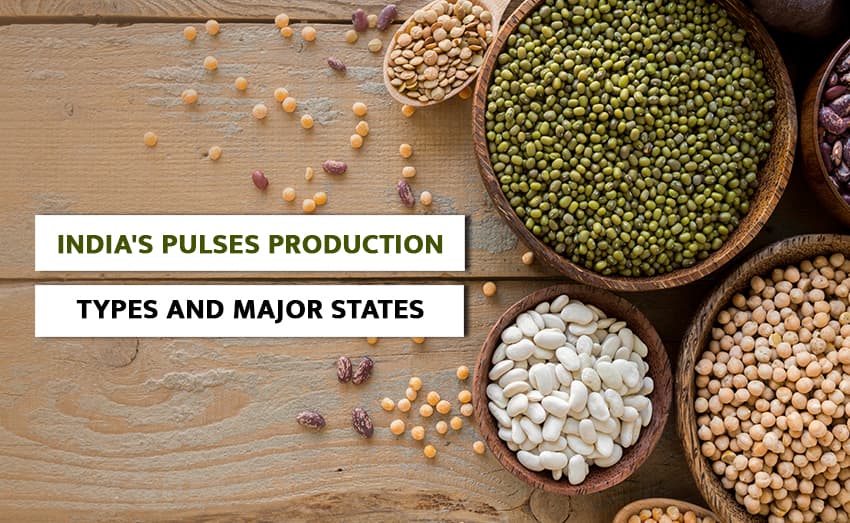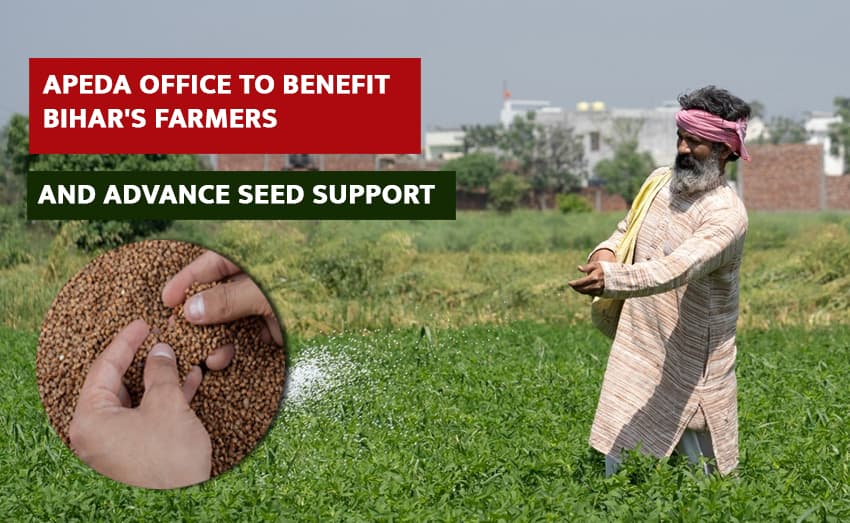Beet Farming: Discover their benefits and specialties.
Beetroot farming can provide farmers with a substantial return. Beetroot is an extremely healthy fruit. Its use raises blood pressure in the body. This is why doctors urge anaemic patients to drink beetroot. Blood begins to form in the body as a result of its intake. It is also utilised as a medication due to its properties. Eating it raw or drinking its juice is thought to be excellent for both health and appearance. The juice is made from beets and carrots. Its market demand is likewise quite high, and its prices are competitive. Given this, farmers that cultivate it can earn a lot of money from it. It is critical to select modern types for cultivation in order to maximise productivity.
Nutrients found in beetroot
Beetroot contains a variety of nutrients that are good for our bodies. It is high in nutrients such as carbs, proteins, lipids, and dietary fibres. Aside from that, beetroot provides vitamins C, B-6, riboflavin, and thiamine. It also contains iron, calcium, sodium, potassium, phosphorus, and magnesium.
Top 7 Varieties of Beetroot
There are numerous sugar beetroot types from which good yields can be obtained. Today, Tractorkharido is providing you with information on the top seven sugar beetroot cultivars, from which significant earnings and yields can be obtained.
1. Early Wonder
This variety of beetroot has flat roots with a smooth, red surface. It is red on the interior and has green leaves. This cultivar matures 55 to 60 days after ripening. It produces more than the standard variety.
2. Shine Redball
The tuber of the Shine Redball beetroot type is spherical and dark red in colour. This variety's plant grows to a height of 30 to 32 cm. This type is suitable for all three seasons, Rabi, Zaid, and Kharif. This variety's tubers weigh between 150 and 180 grammes. This cultivar takes 50 to 60 days to mature.
3. Ashoka-Redman
The Ashoka-Redman cultivar has large leaves with a pink centre vein. It has smooth, spherical, rectangular tubers that are a vibrant crimson. The average tuber weighs between 150 and 180 grammes. This type has high disease resistance. This type is suitable for cultivation during the Zaid, Rabi, and Kharif seasons. After maturing for 65–70 days, the harvest is ready for harvesting.
4. Crimson Globe
The Crimson Globe beetroot is an intermediate-sized cultivar. It has a crimson peel and medium-sized roots. Its glossy green leaves are a visual treat. This variety typically produces 80 quintals per acre.
5. Mishra's Crosby
This type of beetroot has a flattened root structure and a smooth exterior. Inside, this kind is a rich purple-red. This type has a short 50–60-day time to harvest after planting.
6. Kalash Action
This sugar beetroot type can be planted during the months of Rabi, Kharif, and Zaid. This type matures in around 50–55 days and is then ready for consumption. The deep crimson colour of its fruit is eye-catching. It has a tuber that is 100–150 grammes in weight. This variety can produce a harvest of 200–250 quintals per acre.
7. Indam – Ruby
Sugar beets from this cultivar have a high yield. This cultivar is available to harvest 55 days after planting. Both the Rabi and Kharif seasons are suitable for cultivating this cultivar. This variety's tuber is uniformly crimson and spherical in shape. The average mass of its tuber is 200 grammes. Its plant can grow up to 1 foot in height.
Method of sowing Beetroot
- There are two ways in which beetroot seeds can be planted. You can either use the sprinkling method or the created method.
- With the sprinkling approach, beds are prepared ahead of time, and then the seeds are simply sprinkled in. This is why they tend to germinate in the space between manure and soil. In this technique, you'll need about 4 kg of seed per acre.
- A medium or bed, 10 inches in height, is created for planting using the "made" method. The seeds are now sown at a depth of three inches below the surface of the soil. More seeds are unnecessary for this procedure. Sugar beets can be planted using this method, and subsequent irrigation and weeding are simplified.
















